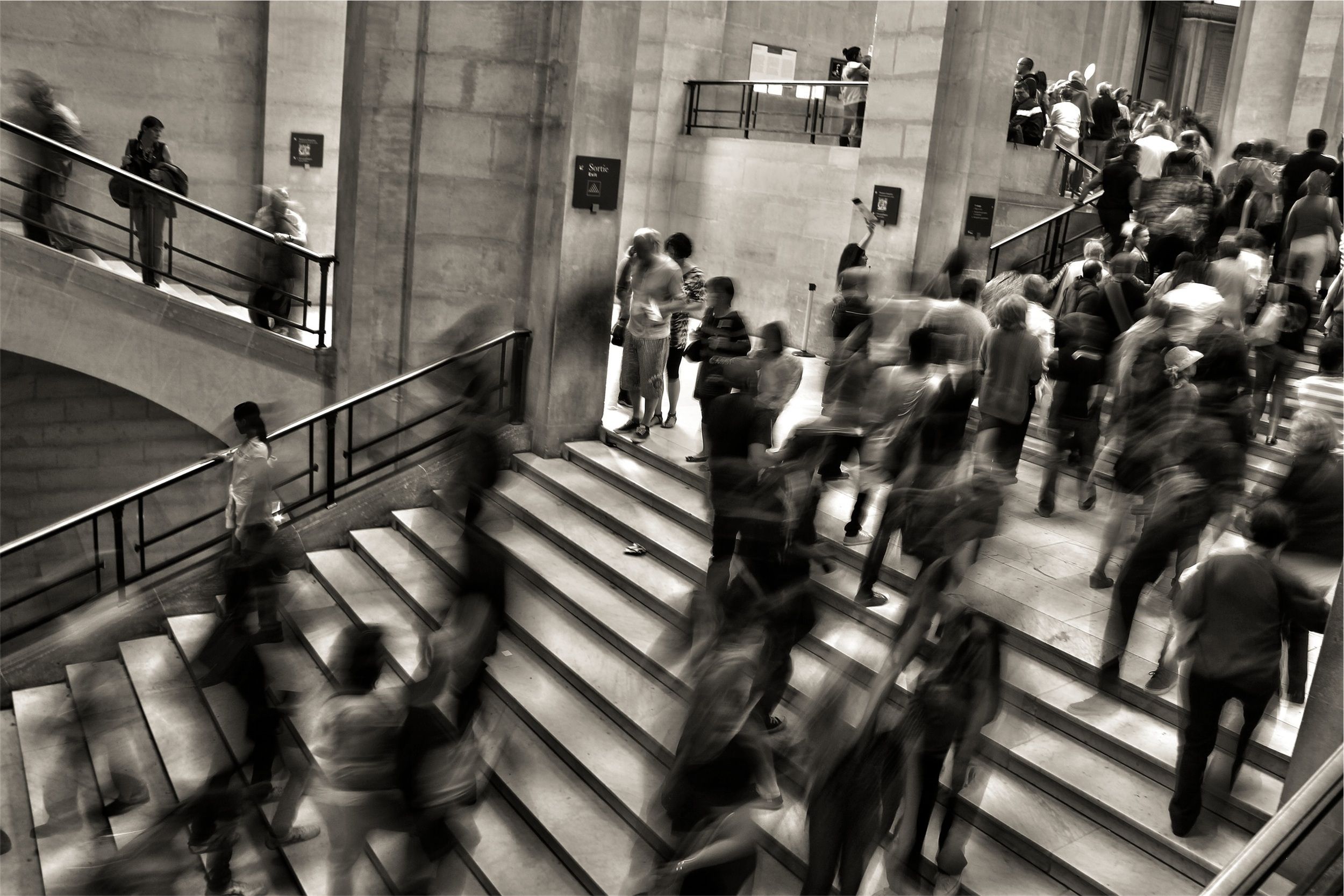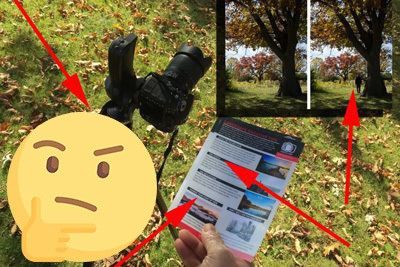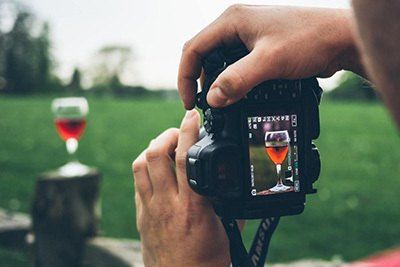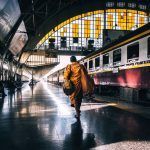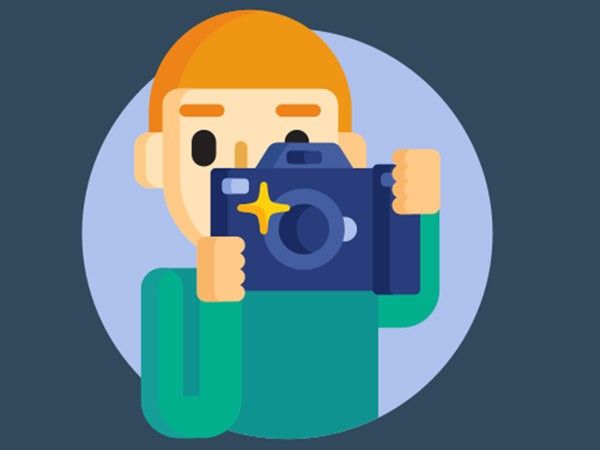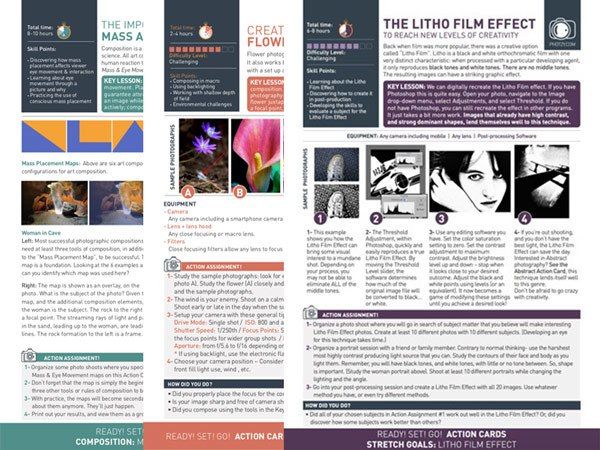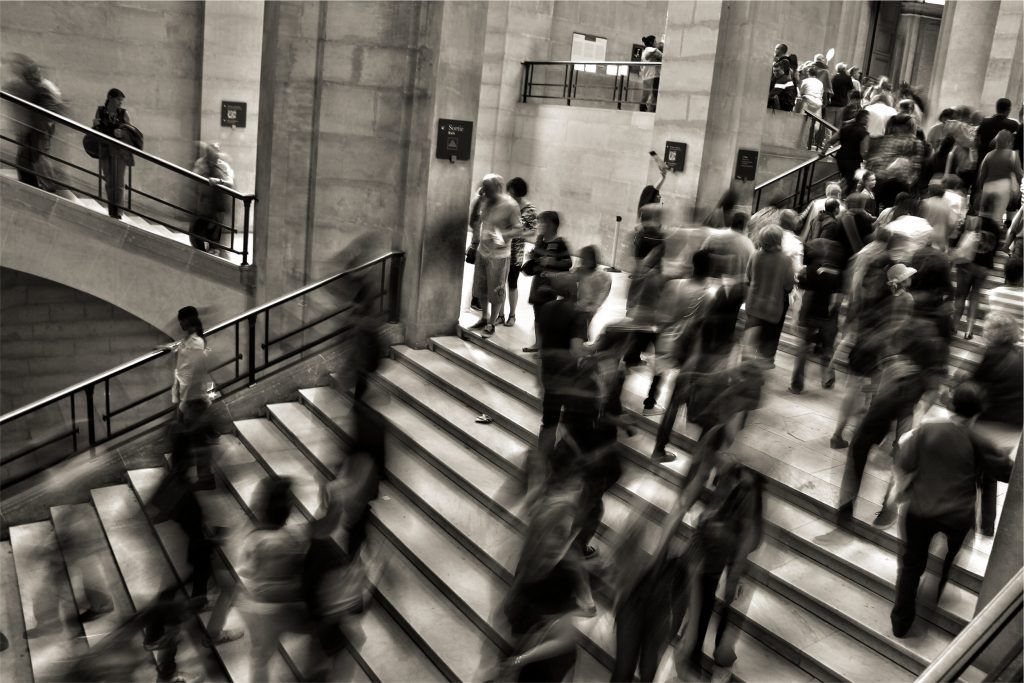When I was writing the Photzy quick guide ‘How to become a Confident Photographer,’ I thought it would be a great idea to create a follow-up guide that focuses on something that makes a lot of new photographers anxious: dealing with strangers.
Photographing strangers can happen in different genres like street, travel, portraiture, etc. It can be that you simply want a human element as part of your frame, or perhaps you want candid street or travel shots of strangers, or maybe you’re thinking of doing headshots or posed portraits.
I personally have a love–hate relationship with photographing strangers. With most of my photography life focused on travel photography, I cannot not have subjects as strangers. I did start out building my portfolio around heritage architecture and I barely had people in my shots. Part of it had something to do with my fear of having to deal with strangers. In my mind, I can imagine them confronting me or objecting to their photo be taken.
But having some human element in my shots seem to fit my style of photography, so I had to find a way to overcome this fear.
Since photographing strangers is a very broad topic and there are a lot of things to cover, I would like to zero in on the simple ways to deal with strangers – how to approach them, preparing for confrontation, and other similar topics. This is not a technical guide on how to shoot strangers; although, I will discuss a couple of personal techniques that will possibly help you get better shots. If you want to improve your portraits in general, I suggest grabbing a copy of Photzy’s best-selling book, ‘The Art of Portrait Photography.’ It should help you with the technical aspects regardless if you’re shooting strangers or people you know.
Let’s begin!
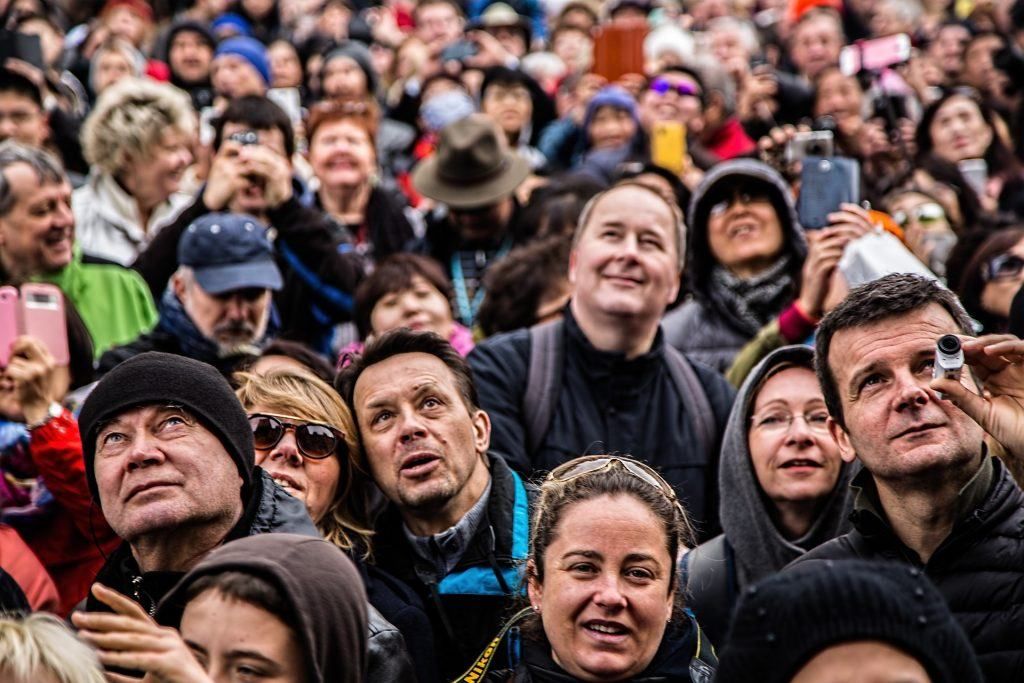
Belief Systems
It was only when I got involved in life coaching that I finally started to overcome my fear of photographing strangers since it was then that I was introduced to the concept of belief systems. Let us discuss that concept briefly
Key Lesson: Belief systems are patterns of thinking about ourselves and the world around us that we perceive as true. We can also call them paradigms. Most things we’re afraid of are connected to our belief systems. This fear of dealing with people we don’t know has to do with our preconceived ideas about people.
Most of us were probably warned by our parents not to talk with strangers, and being kids, it was likely that we created a negative perception about strangers which we continue to carry into adulthood because we never really got to deal with it. Of course, our well-meaning parents did this because they wanted to protect us from the evils of society, but as an adult, not talking to strangers can become a huge limitation. Since this is not Parenting 101, our focus will be more on how we overcome this so that we can now deal with strangers differently for the betterment of our photography.
Most things we’re afraid of, including dealing with strangers, has to do with our preconceived ideas about people.
Studying People
They say that photography has two parts: the technical side and the artistic side. This is not entirely true. That’s because there’s a third side to photography – the behavioral aspect. I remember hearing news about a lady who was attacked by an elk when she attempted to take photographs of the animal. The lady may have had some technical and artistic expertise in photography, but she didn’t understand the animal enough to know that she was going to get into trouble.
My personal conviction in learning photography is that you need to study your subjects well in order for you to take better photos of them. The better your understanding of a subject, the more you’d be able to handle them and create better photo opportunities for you to capture. Therefore, the more you study people and how they behave, the easier it is to deal with them.
Key Lesson: Studying people helps in discovering how strangers behave, and this helps us change the way we behave around them.
Since we are on the topic of behavior, let’s take a look at it further.
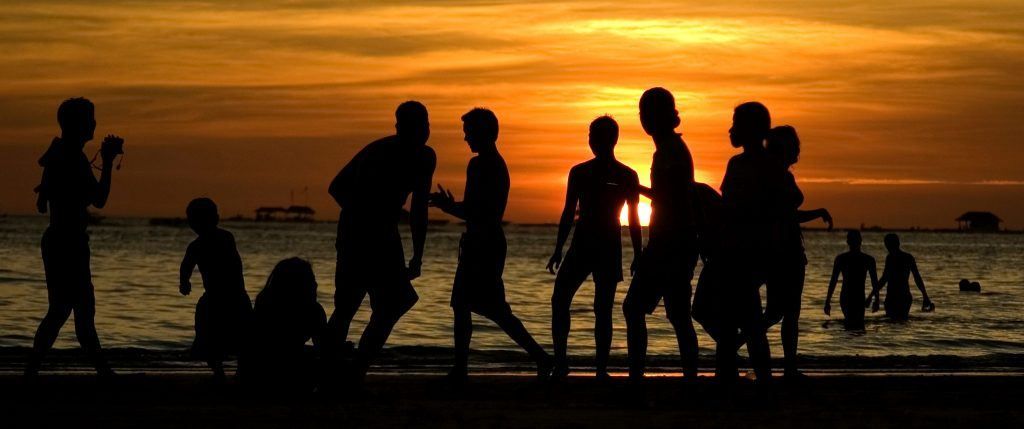
Photo by Karlo de Leon
Perception and Behavior
We behave differently with different types of people. The way I behave with a stranger may be different to how you behave with a stranger because of our own experiences and belief systems about them. One person may be totally fine making friends with a man with tattoos all over his body, while another person may shun away from the idea. This is because we have different perceptions of people based on how they look, act, speak, and behave.
But how many people have you met where your initial perception of them was wrong? I’ve met a ton of people who look really serious, but when you talk with them, they’re really accommodating and friendly. Because we don’t really know who they are, we will only behave based on the information we know – that is, our perception of the person.
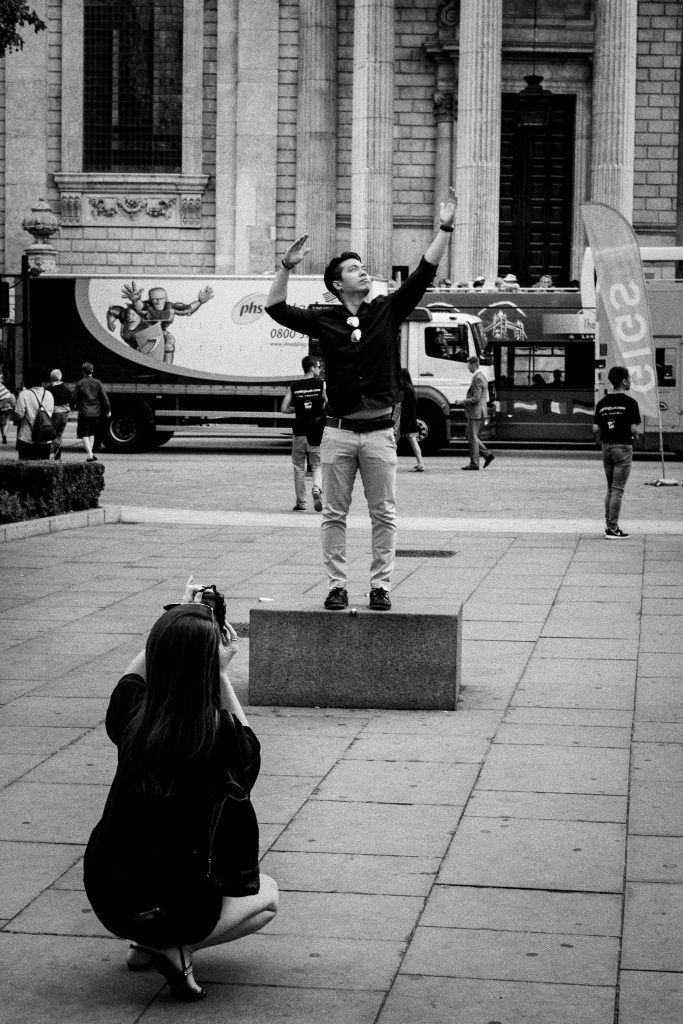
Photo by Nigel Burley
Key Lesson: Our behavior towards different people can change when we realize that our initial perception was wrong after all.
This is important in our discussion of photographing strangers because if you’re intimidated by strangers, you have a perception about strangers that’s causing you to behave as such. While that may be some form of hindrance, you may also use it as a form of opportunity to experience things differently.
But how do we do it? How do we change our perception?
You have to train your brain to see different perspectives. In photography, changing perspectives changes the story. Move your frame two inches to the right and you may include objects in the frame that enhance or distract from the main idea of your photograph. It’s the same with mindsets and our perception of people. If you consciously look into the possibility that there may be a different story or aspect of a person, then we can look at them differently. This is done by either emotional experience, repetition, or both.
Recommended Reading: I won’t be discussing those two concepts here since I already did so in my other guide, ‘How to become a Confident Photographer.’ I suggest that you read it and do the activities. If you subject yourself to exercises that will let you change your perspective, it will be helpful in overcoming your fear or intimidation of shooting strangers.
Goal: Candid or Posed?
Now, I have to raise this topic before we continue with our discussion. It is important to know whether you’re looking at getting a candid shot or a posed photo so that you can set yourself up for success. It’s basically strategizing your approach based on your goal.
If you want candid shots of strangers, it’s a question of how to be invisible. You want to be able to blend in with the crowd so that people around you won’t even notice you at all, or if they do, they will just perceive you as a random person just minding your own business.
If you want posed shots, it’s a question of how to be relatable. You want people to think you’re friendly, safe, and trustworthy enough so that they’d say “Yes” when you ask them to be your subject.
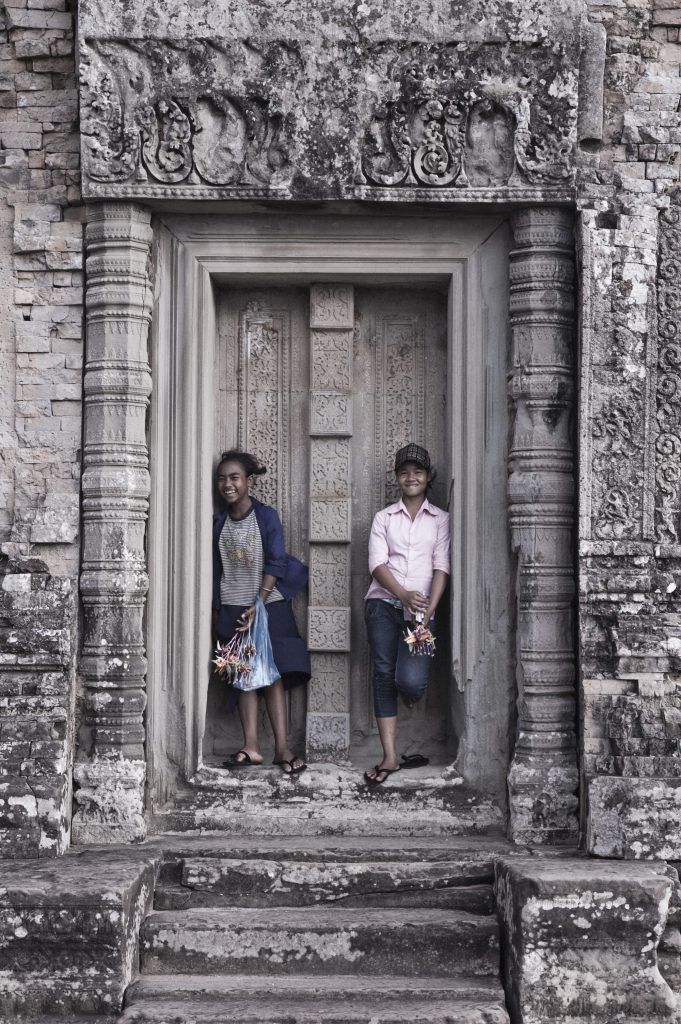
Can you guess if this is a posed or candid photo? It’s actually a candid shot. These kids we’re looking at me as I was exploring a temple in Cambodia. I felt it was a good opportunity and took the shot. I smiled at them right after. Photo by Karlo de Leon
Building Trust
There are similarities and differences in the way we build trust when our goal is to be invisible or when our goal is to be relatable. But first, let’s talk about the importance of building trust.
Key Lesson: Trust is a major building block that paves the way for strangers to be acquaintances, and acquaintances to be friends.
Think about it. Have you ever eaten food from a stranger? Have you ever bought something from someone you don’t know personally? Of course we all have. Just eating at some fast food joint or a restaurant is one example. Buying a pair of shoes inside the mall is another.
This is proof that we can trust strangers given certain parameters.
The question now would be, how do you build trust?
For us to understand how to build trust, let’s look at the way we make friends. One major way we make friends is through our current relationships.
We meet a lot of people through other people we trust. Because we trust a friend, we gain more acquaintances when we are introduced to our friend’s friends. The more we trust a friend, the more we are open to trust a stranger introduced by that friend we trust so much.
This is similar to buying at the mall. Because we trust that the mall is a legit business, we also trust that all the stores in it are legit. In the same way, the more we trust a consumer brand, the more we are likely to buy a product from them or avail of a service they offer.
So what does this have to do with photographing strangers?
Key Lesson: Finding a way to immediately build trust or create an environment of trust is the key to photographing strangers.
Let’s now relate this to the goals of candid (being invisible) and posed (being relatable) photography when shooting strangers. Here are examples on how to build trust. Each item may be applicable to one or both types of photography.
1. Location and Activities
One of the fastest ways to build trust is to place yourself in an environment where people would generally trust each other.
If you’re invited to an event like a wedding or a party, taking candid photos of other people in the venue will be easy because celebrations and photography go well together. Even if you only know the bride and groom, the chances of being confronted by guests when taking candid shots are slim to zero. Asking guests to pose for shots may not be too difficult either, even if you’re not the official photographer. This is because in events, people expect to be photographed.
Another place that is great for practicing photographing strangers are touristy spots. Why? Because almost everyone is holding a camera. Plus, people generally trust tourists when it comes to photography. If a tourist takes your photo, you still feel safe because you’ll probably never get to see that person ever again. Parks and other places that involve sports are other good places where people generally trust someone with a camera.
On the contrary, if you’re in a private neighborhood, taking photos around people’s homes where you’re the only stranger can make you look suspicious.
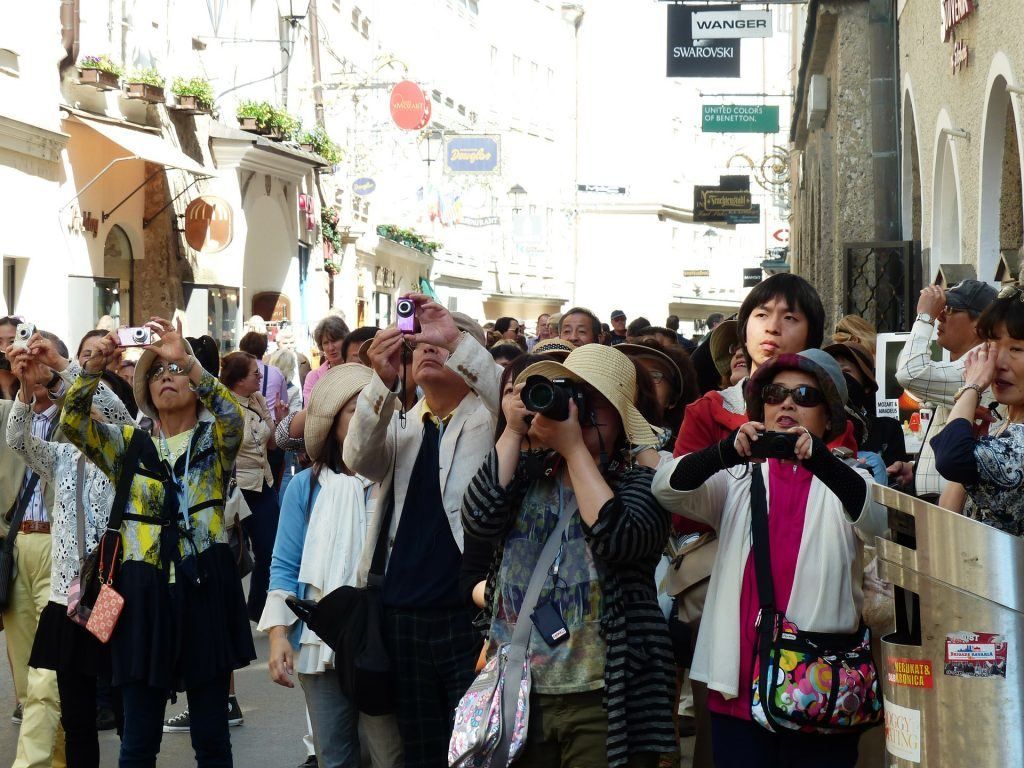
2. Shoot Out or Stay Hidden
When taking candid shots of strangers, the question remains: should you shoot hidden or should you do it out in the open? Different photographers will have their own experiences in photography and will therefore have different answers to this question. Again, it will all depend on personal perception.
But two good questions to ask are: What causes one to hide and what causes another to shoot out in the open? Believe it or not, the goal is the same – so they won’t be seen. Is that even logical?
It’s pretty obvious that you wouldn’t want to be seen, and that’s why you’re hiding. But how about shooting out in the open. How can you not be seen if you’re right where people can see you? The truth is that, in everyday life, people aren’t that observant. As long as you’re not doing anything weird, then people won’t really notice you, especially in busy, crowded places.
Personally, I like shooting out in the open. I feel more at ease than hiding. In fact, I feel that I am at a disadvantage when I hide. Hiding for me can create suspicion, and suspicion builds distrust. Just imagine walking the streets of your neighborhood and you suddenly discover someone hiding behind the bushes and taking your photos. How would you feel?
Hiding does have its advantages and will probably work if I have a very long telephoto lens, but since I like working up-close with my subjects, hiding will be kind of useless.
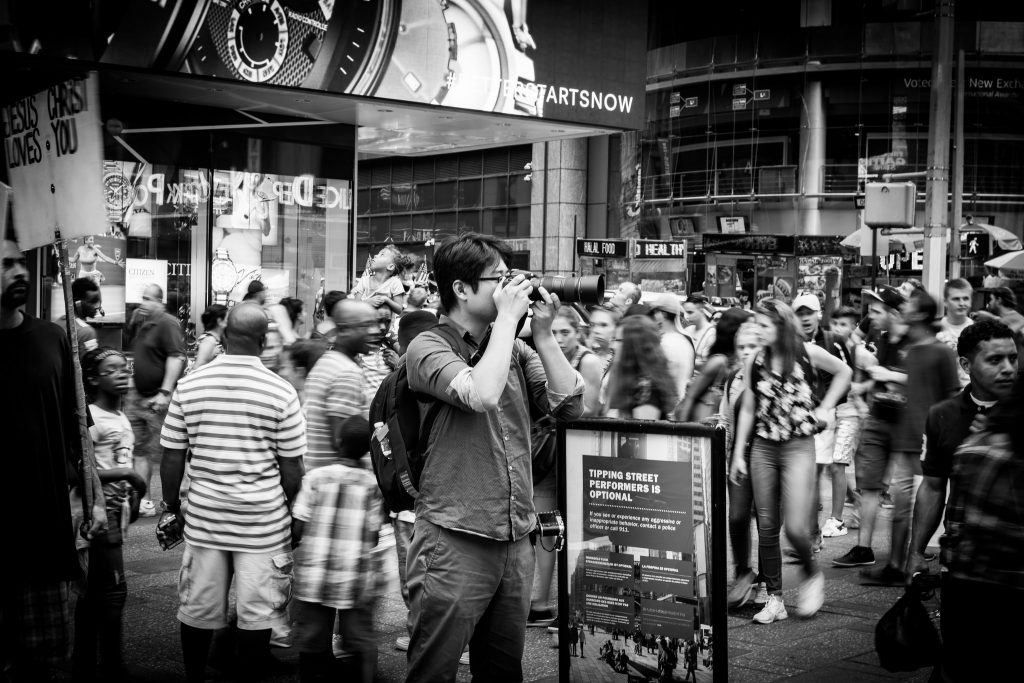
Photo by Guilherme Nicholas
3. Clothes
Should there be a dress code when you’re trying to photograph someone? Not really, but if you’re training to photograph strangers, it would be wise to wear clothing that allows you to, again, blend in with the crowd.
If you’ve ever watched a concert, a screenplay, or any stage production event, you’ll notice that most, if not all of the production crew are wearing black. Do you know why? It’s because it allows them to hide in the shadows, so when they need to run across the stage or stay up front to move props, they won’t be a distraction to the audience. If they were wearing white or something loud like neon green, you’d see them right away.
So wear what people around you would normally wear. Choose colors and styles that won’t draw attention to yourself, especially when your goal is to be invisible.
If you’re out in the street or traveling and your goal is to relate with people to get posed shots, then this won’t matter as much; although, other people can better relate with you when you look like them. This will also depend on the local culture.
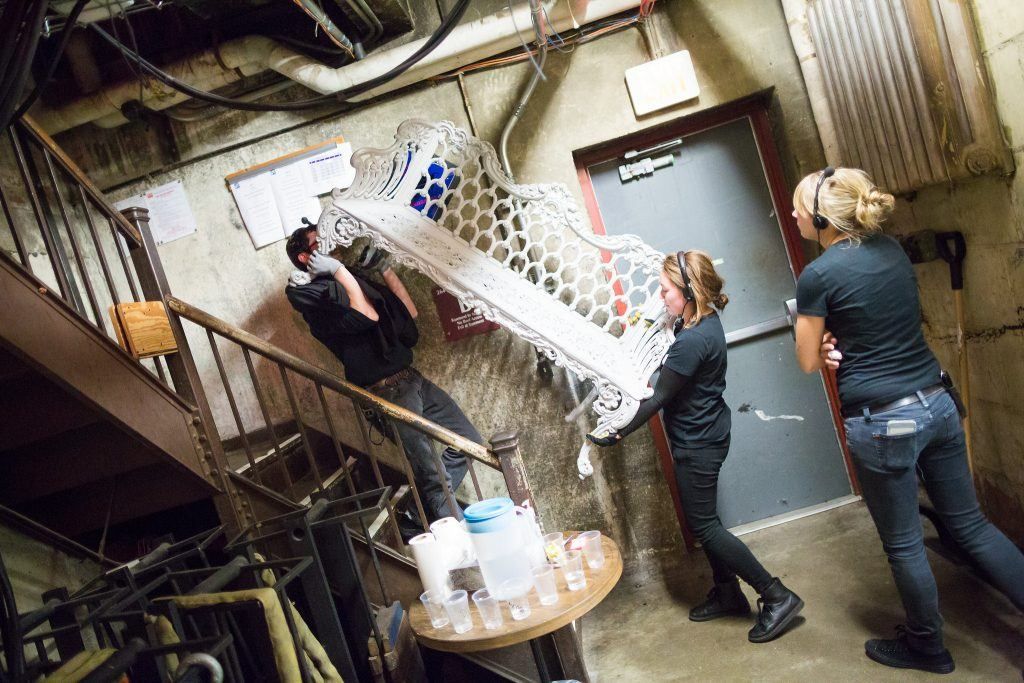
Backstage theater crew all wearing black. Photo by The Huntington
4. Body Language
More than clothes, it’s really the impression that you create that matters. Certain clothes create certain stereotypes, but a positive personality goes a long way when photographing strangers because positive people look more trustworthy. Now, I am not a psychologist, but I’ve studied a bit of psychology because of my background in training and coaching. I find it helpful in dealing with everyday circumstances. Based on observations, positive people are more successful with creating that trust with strangers even if they don’t necessarily have to encounter them.
You therefore need to condition your mind to think of good things. If you think you’ll be confronted or think that something bad will happen, then your anxiety can reflect in your body language and people will see through you. Think positive so that your body will act it out too, because how you act can either work for or against you.
One more thing – develop the habit of smiling. It’s a good way to connect with people you know and don’t know without using words. If smiling is not in your personality, then it would be good to try it out. Believe me, I don’t normally smile at everyone I meet but for some reason, when I have a camera, smiling helps me create that positivity and trust in the atmosphere I am in.
5. Candid Shooting
There’s something about capturing photographs of people candidly that just feels right. It’s real, it’s natural, and it doesn’t feel too intimidating to do either, especially when our subjects are people we know.
It does get harder when strangers are already involved. We do wish it’s as simple as setting up our camera at an interesting location and simply take photos of the people we see. There’s really more to it than that. As we’re taking photos of people, we get into a psychological warfare of, “Is what I’m doing ok?” “Will I not offend anyone if I take their photo?” “Is this even legal?”
Because humans are relational, there’s always that question about how your subject would respond with what you’re doing if they see you.
The great thing about today’s society is that it has become easier to photograph strangers because everyone either owns a camera, a phone with a camera, or both. Taking photos of strangers has become less of a concern.
But what if we do encounter someone who doesn’t want their photo taken? What do we do? This is why we need to learn how to deal with confrontation.
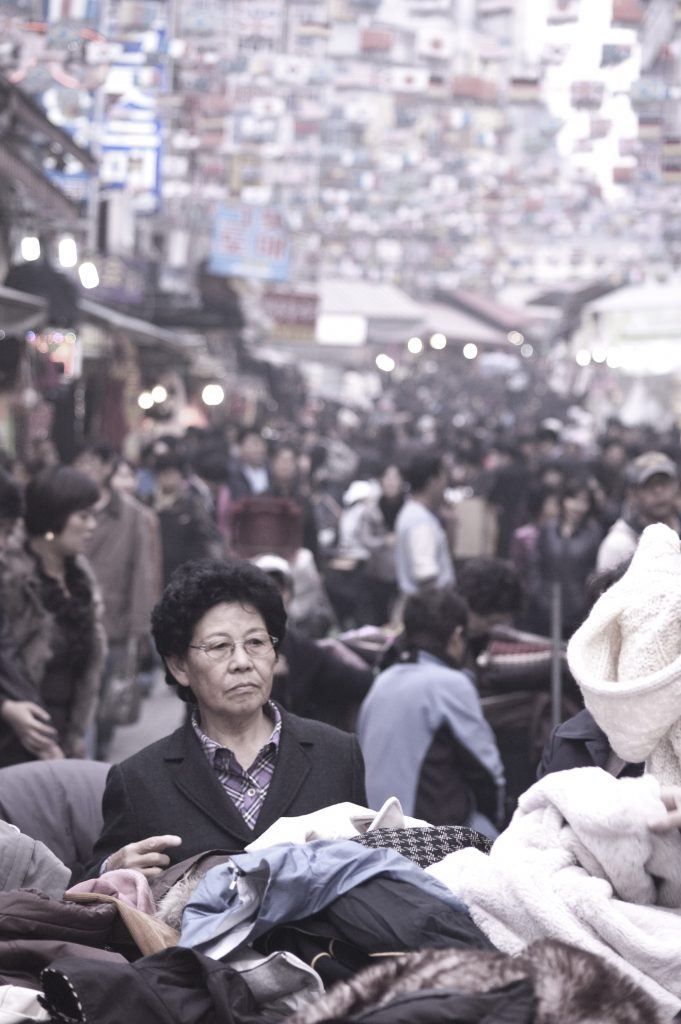
This photo was taken in Namdaemun Market in Seoul, South Korea. It’s quite popular with tourists and locals alike. I can take candid photos of locals a few meters away and no one would mind. In fact, no one seems to notice. Photo by Karlo de Leon
The Art of Dealing with Confrontation
Many of those who fear photographing strangers are really just concerned about being confronted. If that’s true for you, then one way to deal with it is to prepare for the possibilities.
Here are the scenarios that may happen when you’re taking candid photos of strangers.
- Your subject doesn’t see you
- Your subject sees you but ignores you
- Your subject sees you, reacts positively (by smiling or posing), but doesn’t approach you
- Your subject sees you, reacts negatively (signals not to take photos), but doesn’t approach you
- Your subject sees you, reacts negatively, and approaches you
- Your subject sees you, reacts curiously, and approaches you
Many of those who fear photographing strangers are really just concerned about being confronted.
Looking at this list, you’ll see that numbers 1 to 3 aren’t things you need to be concerned with since there’s no confrontation involved.
Now, number 4 will require minor prep since there’s a negative reaction, while numbers 5 and 6 are the only things you really need to know how to deal with.
Let’s first talk about number 4. You would normally know if someone doesn’t want their photos taken by their hand gestures and facial expressions – they’d either wave “No,” cover their faces, or frown and look away etc. When this happens, you would want to neutralize the situation to avoid confrontation. How you’ll do this depends on you. I’d like to respond with the opposite gesture or emotion. If a person is cautious or angry, I’d give them a big smile, a nice wave, or hand raise as a way of saying “hello.” I would then look for a different subject. If they’re really angry but still don’t approach me, I’d mouth the words “Sorry.”
Important Note: What you don’t want to do is be angry or run away. You’re not doing anything wrong so you want to be able to project it to the people who may react to what you’re doing. Stand your ground and stay neutral.
After that scenario, let it go, and move on to your next subject.
Let’s talk about preparing for confrontation.
When I was starting out in photography, I always had a prepared script. It went something like this:
“I’ve just started learning photography and I’m just doing a personal photo project.”
When I started shooting for travel magazines, I changed my script to:
“I’m a photographer working for so and so magazine and I’m looking for interesting scenes and subjects to photograph in this area.”
If it’s obvious from the beginning that the person is angry, you can add a phrase to your script that would help neutralize the situation. Something like:
“I’m so sorry if I’ve offended you by taking your photo. I’m really just practicing taking candid photos of people. Don’t worry, it won’t be published or anything. Better yet, I’ll just delete your photo. Is that better for you?”
Key Lesson: Again, people will usually approach you for one of two reasons – they’re either curious or they don’t like their photo being taken.
The last thing you want to do is to make up stories. People can and will see through you so it’s always best to just tell the truth. They simply want to know what you’re doing and why you’re taking their photo.
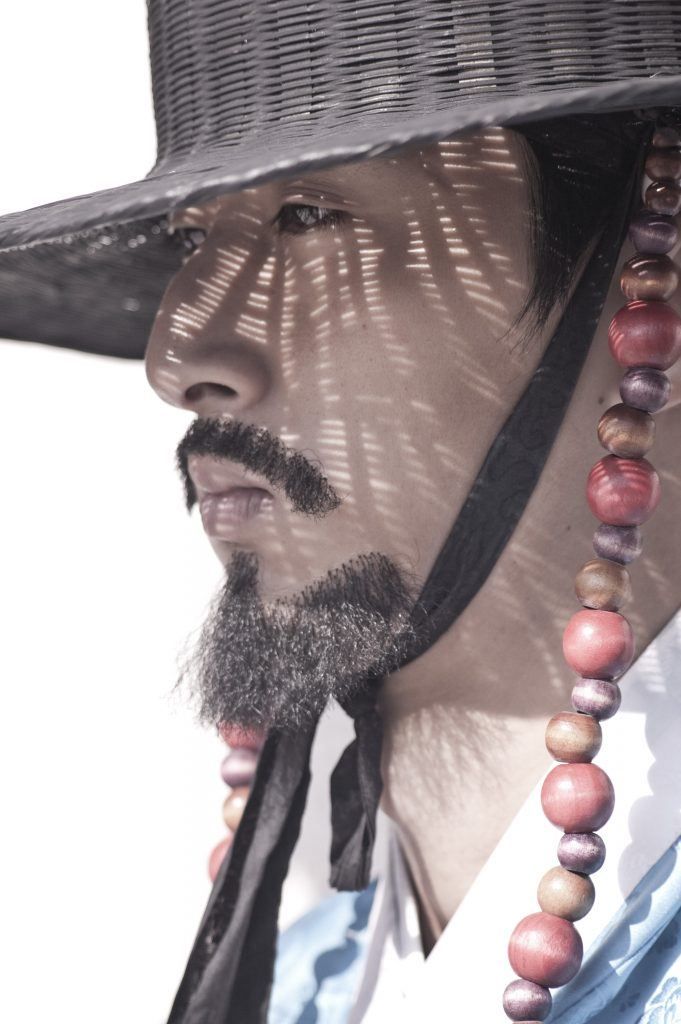
The man in this photo is acting as a palace guard. He’s probably photographed hundreds of times a day. If you want a sure way to take photos of strangers without getting confronted, take photos of those who are expected to be photographed.
Photo by Karlo de Leon
If there’s a follow-up question, I just continue with the conversation about what I’m doing until I’ve either neutralized the situation or have gained enough favor to flip the situation to my advantage. I ask them for recommendations, get information that I need, or even ask them to be one of my subjects. This is easier to do with those who are simply curious with what I’m doing.
Ok, next question – should you delete the photograph?
If you promised that you would, then it would be best that you do. Deleting it in front of them is even better. If the topic was never brought up during the conversation, then you don’t have to.
Camera Tricks for Candid Photography
One of the awesome things about learning the tools of the trade is that you can use it to cover up your disadvantages. Of course, it’s always recommended to overcome your limitations without depending on equipment. It’s part of our growth as photographers.
I’ve learned several useful tricks for candid shooting. Here’s a couple of ideas:
The Wide Lenses Illusion
Since wide angle lenses cover a larger field of view, you can actually use one to include strangers in the scene without them knowing that they’re in the shot. I’ve actually shot magazine covers with people not knowing that they’re in the shot. That’s because if your camera is pointing straight, most people will think you’re shooting what’s directly in front of you. Most people really wouldn’t know you’re already including them in the shot. It’s the same way as trying to observe someone using your peripheral vision. They won’t know they’re being observed because your eyes are looking forward. This will all depend on how much field of view your wide lens covers. The wider the lens, the easier to use this technique.
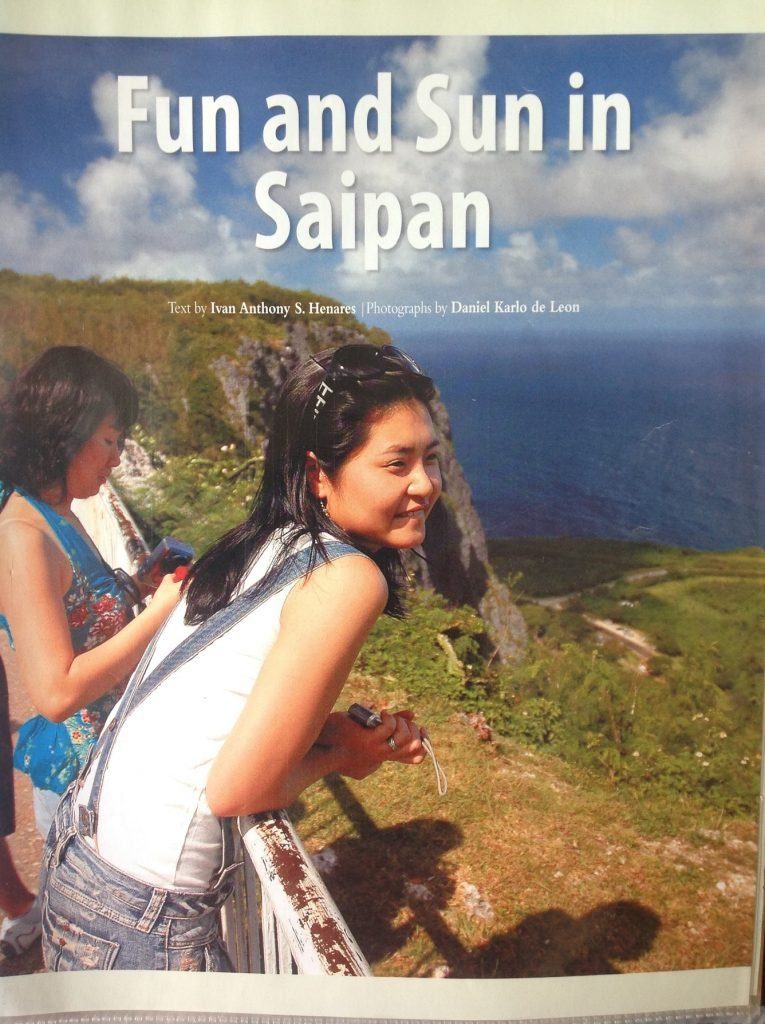
Photo by Karlo de Leon
Take a look at this magazine tear sheet. The composition isn’t that great since it’s only half of a full-page spread. Just looking at this image, you may think that I was pointing my lens directly at the girl in dungarees, but the truth is that my camera lens was pointed at the sea, which is more toward her right. She was probably within 45 degrees to the left, but the range of my wide angle lens allowed me to include her in the frame. So although she was a total stranger and I was literally just a couple of steps away from her, she didn’t really know what I was doing. She probably thought I was just taking photos of the landscape. It was literally a stolen shot.
The Psychology of Looking Straight at Your Subject
This one’s a bit similar to the wide lens trick. If your camera has a tilt screen that allows you to view the scene by looking downward rather than forward, then you may use that to your advantage.
Key Lesson: I’m pretty sure most of you have taken a selfie using a smartphone. Now, how many times have you looked at the LCD screen of your phone for your selfie instead of the actual phone’s camera lens? Unless you’re a selfie expert, you’d probably make that mistake every time until someone reminds you where to actually look. This is because we respond based on our perception of things rather than what is logical. If you’re taking a photo, isn’t it just logical that you look at the camera. But why did you look at the LCD? Because your brain treats it like a mirror making you look at the screen instead of the camera.
Shooting from the waist is a great vantage point anyway, so why not take shots looking downward at your LCD rather than holding your camera up to your eye where people can obviously see that you’re taking their photo? It’s a neat trick. They’ll think you’re just reviewing your shots.
It’s really a psychological thing. People don’t really notice where you’re pointing your camera. Rather, they care about what YOU are looking at.
Recommended Gear: If your camera doesn’t have that tilt screen feature, there are attachments you can buy that would let you view your viewfinder vertically. Here’s one you can check out: Right Angle Viewfinder.
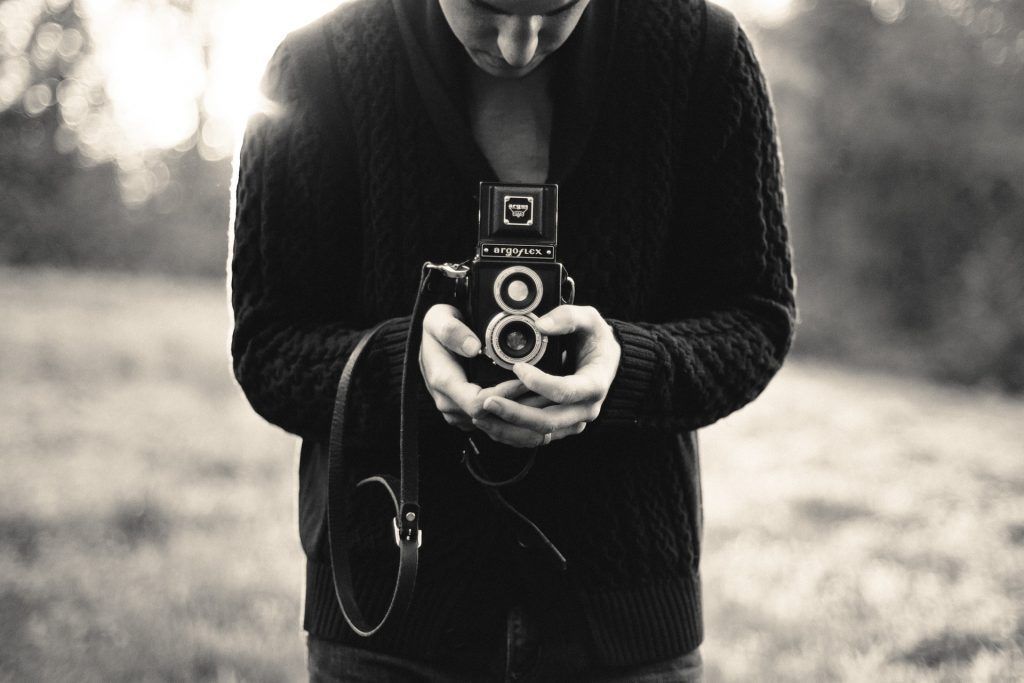
Asking Strangers to Pose
This activity may be harder for those who are a bit shy talking with strangers, but if you can face your fears, it’s also a great experience. While there are many different ways to approach strangers, the best and easiest way I’ve seen is to simply be direct about it. Don’t beat around the bush. Ask them if you could take their photograph.
But don’t just ask. Tell them why. Inform your possible subject of the purpose as to why you want them to pose for you. Also, be specific with what you need. How long will it take? What do they need to do? Do you need to go someplace else or can they stay where they are? Do they have to do anything crazy or weird? It’s easier to convince someone or at least negotiate the details when you’ve laid out the plan.
How to Begin
You need to use your creativity to overcome your fear of photographing strangers. Here are some quick scenarios:
1. Start off with Candid
Find a good place to photograph people and start taking candid shots. When a stranger sees you taking their photo, instead of following the goal of invisibility, you may draw some attention to yourself by quickly engaging with the stranger to seek approval to take their shots.
If you’d like them to pose, you can engage by way of small gestures. One of the oldest tricks in the book is to smile and wave with your camera. It’s like saying “Hey, can I take your photo?”
You don’t need to do this to everyone who sees you. If you’re not interested in pursuing a posed shot, just give them a quick big smile and then go on your way.
If anyone poses for a shot, even if you don’t want them to, just take their photo anyway. Again, smile at them afterward. It’s a good way to practice being relatable.
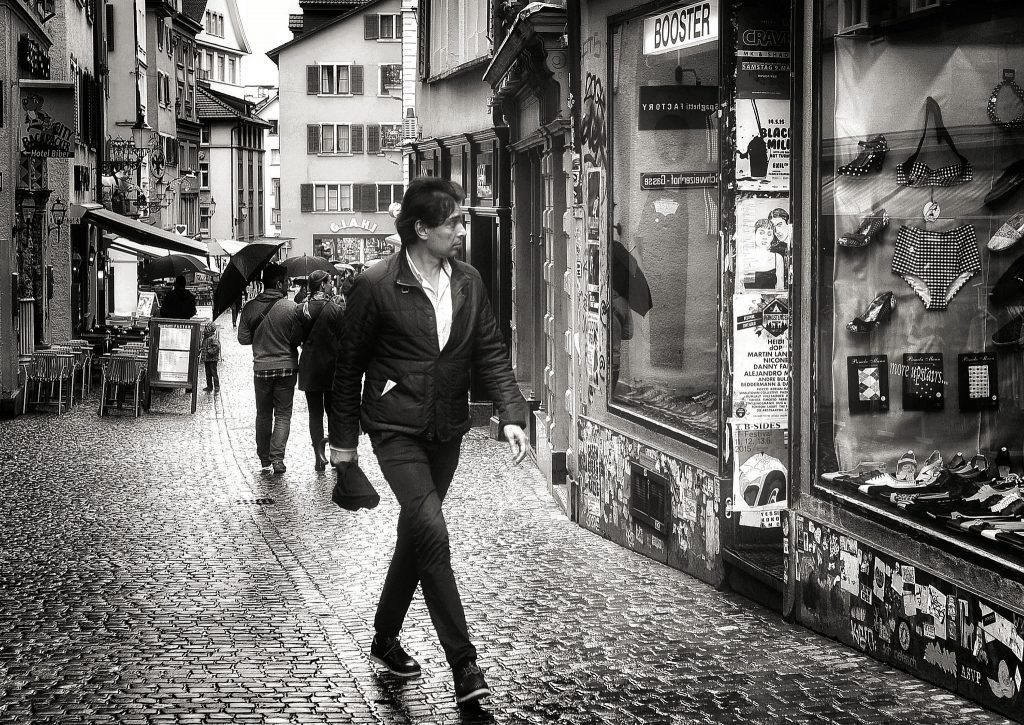
Photo by Thomas8047
2. Shoot with a Friend
If you know anyone else that’s into photography and who could easily talk with strangers, invite them to a photo walk with you. Tell them you’ve just started a project of taking photos of strangers but you’re not too keen on speaking with strangers. Ask them if they could help you out. If they agree, then you get to have a spokesperson or simply someone to back you up. It should be a fun activity to do with a friend. It becomes a little less intimidating too, knowing you don’t have to deal with strangers alone while you’re starting out and practicing.
3. Join a Group Street Photography Activity
What’s better than having one friend tag along? Having more people shoot with you!
There are different venues to do this. You may call up your other photographer friends, join a photo walk event in your area, join photo expeditions set up by your camera club, or attend a photography class that includes street shooting exercises. When you have several people shooting together, it somehow becomes easier because you can see how it’s done. You’d feel more comfortable too, since you can easily get help from the event leader or fellow photographers. In other words, it feels much safer.
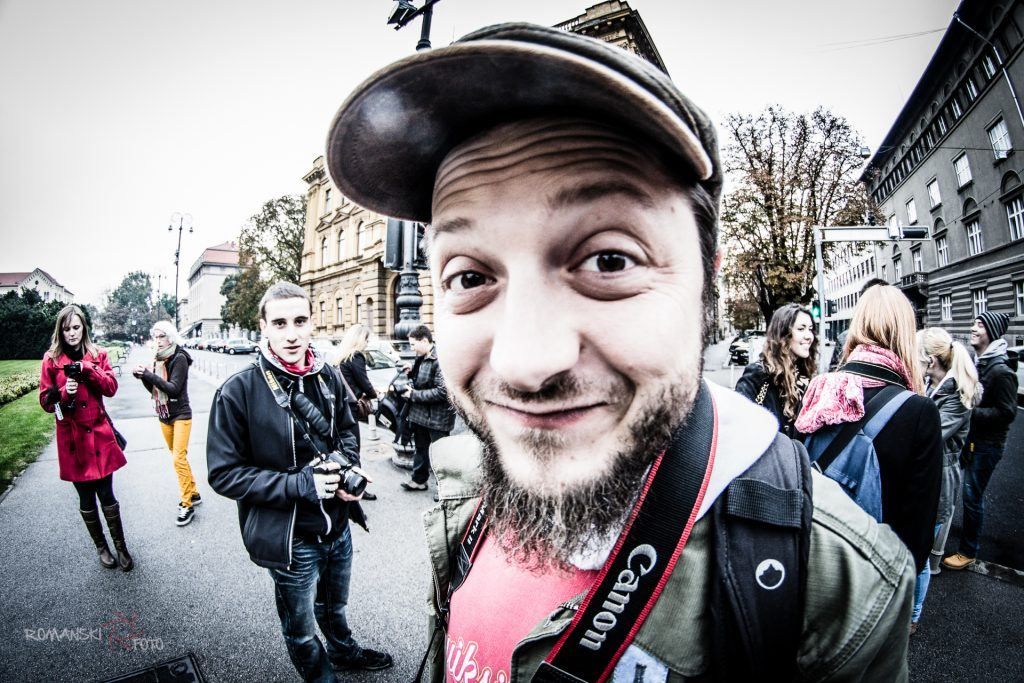
Photo by Roman Avdagic
4. Just Do It
How about if you pretend that you’re courageous for just for one hour and ask people to pose for you. Scary? Yes, it is! But you’ll get used to it over time.
It’s a great way to learn how to photograph strangers. You need to know what to say, though, in order for you to get more positive responses.
How about if you pretend that you’re courageous for just for one hour and ask people to pose for you. Scary? Yes, it is! But you’ll get used to it over time.
If you’re shooting just for the purposes of practice, it may not be too enticing for the person you’re trying to convince. But if you set a personal project where you’re creating a collection of portraits, then people may be willing to help you out. Say something like:
“Hi there. My name is . I was just wondering if you could be one of my subjects for a photography project I’m doing. It’s about . It’s only going to take a few minutes. Would you be willing to help me out?”
You may even offer them a copy if you’re willing to do that.
If you feel comfortable, bring a copy of your portfolio, even if the shots aren’t of people. Load it up onto your phone so you can quickly show it to your potential subjects. The folio becomes your proof and it will help increase trust and show some legitimacy.
5. Build Rapport with Strangers
Sometimes you get to meet random people and one way or the other, someone initiates a conversation. Somehow you’ll feel some form of trust building up between you. When that happens, it’s a good chance to be able to build rapport with the stranger, and it could be an open door to tell them about your interests in photography. From there, you can pursue the conversation to give you an opportunity to take posed photos of strangers. Make sure you have your camera with you, though.
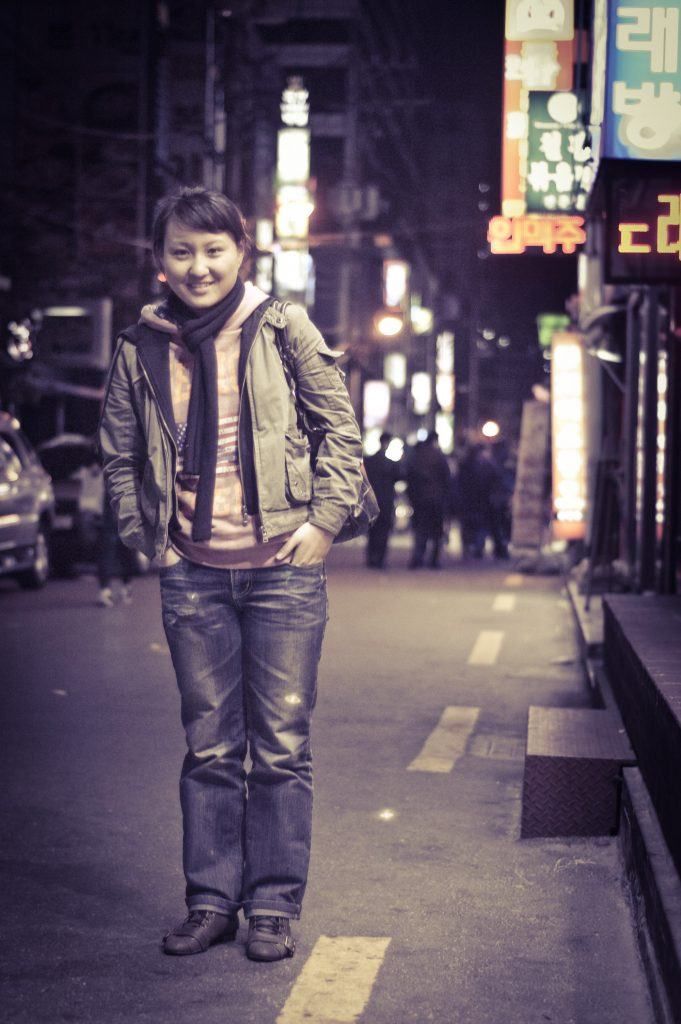
This is one of my friends from Seoul. This shot was taken on the day we met. We talked a lot about photography and travel so it was a good chance to ask her for a quick pose right after. Photo by Karlo de Leon
Conclusion
This is by no means a complete guide on how to photograph strangers, but I guess we’ve covered quite a bit of information. Don’t put it to waste. Activate what you’ve just learned.
Again, I suggest getting a copy of the ‘Art of Portrait Photography’ guide. It’s a Premium guide written by Photzy’s in-house photographer and author, Kent DuFault. It covers fundamental information that should help you improve your technical and artistic skills in photographing people.
Let me end this lesson with a couple of assignments. If it feels uncomfortable doing them, it’s because they are. If you truly desire to photograph strangers, well, you’ve got to start somewhere right?
You can do it! I believe in you!
Assignment 1. Prepare for some candid photography within your neighborhood. Craft your own confrontation script knowing that you may be asked by people you may regularly see. When your neighbors ask what you’re doing, use your script. It’s a good way to practice within a somewhat safer environment.
Assignment 2. Do one of the items in the Asking Strangers to Pose, How to Begin section of this guide. Choose the one that you feel is easiest. After that, do another one until you have done everything in the list.


